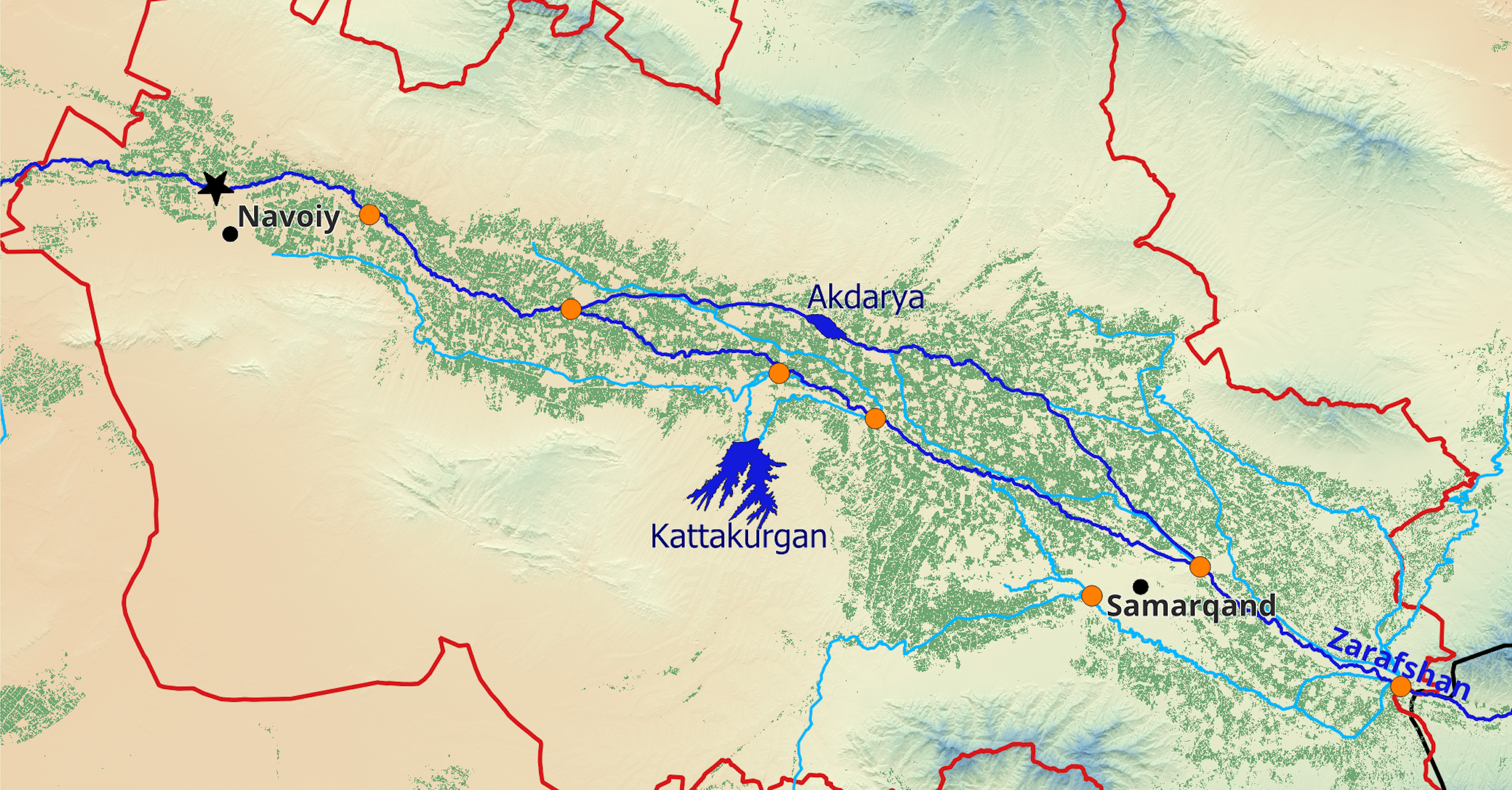The EOSTAT CropMapper Suite
The unprecedented availability of free and open Earth Observations (EO) data and accessibility to free and low-cost cloud computing provide the ideal conditions for implementing scalable solutions for improved agriculture monitoring and agricultural water management. However, the uptake of EO data in National Statistics Offices is still limited, especially in developing countries. Here we present a user-friendly platform (named EOSTAT CropMapper) that facilitates the operationalization of EO based agricultural monitoring.
Background
hydrosolutions GmbH in partnership with FAO have developed a user-friendly platform for high resolution mapping of crop types at country-scale using earth observations. The suite is composed of an administrator tool for trusted users to perform back-end tasks, and an end-user tool for viewing, analysing, and downloading the maps. The system therefore provides smooth access to crop maps, crop statistics and irrigation water requirements and works in different contexts of in-situ data availability.


Afghanistan Case Study
The system has been first deployed in Afghanistan but can be easily transferred to any place where samples of geotagged crop type information are available. Extensions of the EOSTAT CropMapper can be coupled with crop yield forecasting or include enhanced solutions for water accounting and irrigation water management.
The front-end application of the EOSTAT CropMapper for Afghanistan offers access to crop maps from every Province of Afghanistan. These crop maps were generated based on a dataset of 2047 in-situ samples collected across all Agro-ecological Zones of Afghanistan in November and December 2021. Wheat is the primary crop of Afghanistan and is grown in every province of the country. 2021 was a year characterized by a severe drought. Based on the classification with the DTW algorithm (ideal for data-scarce environments) we obtain an estimate of a total wheat area of 1.1 million hectares. This is 27% less than another study has identified for the year 2017. Such drops in wheat production have serious implications for food security. Cropped area estimates such as provided by the EOSTAT CropMapper are of paramount importance for the planning of effective food security measures.

More Projects






